Shivsrushti ( Akluj Fort )
V2VF+J4F, Solapur, Akluj, Maharashtra 413101
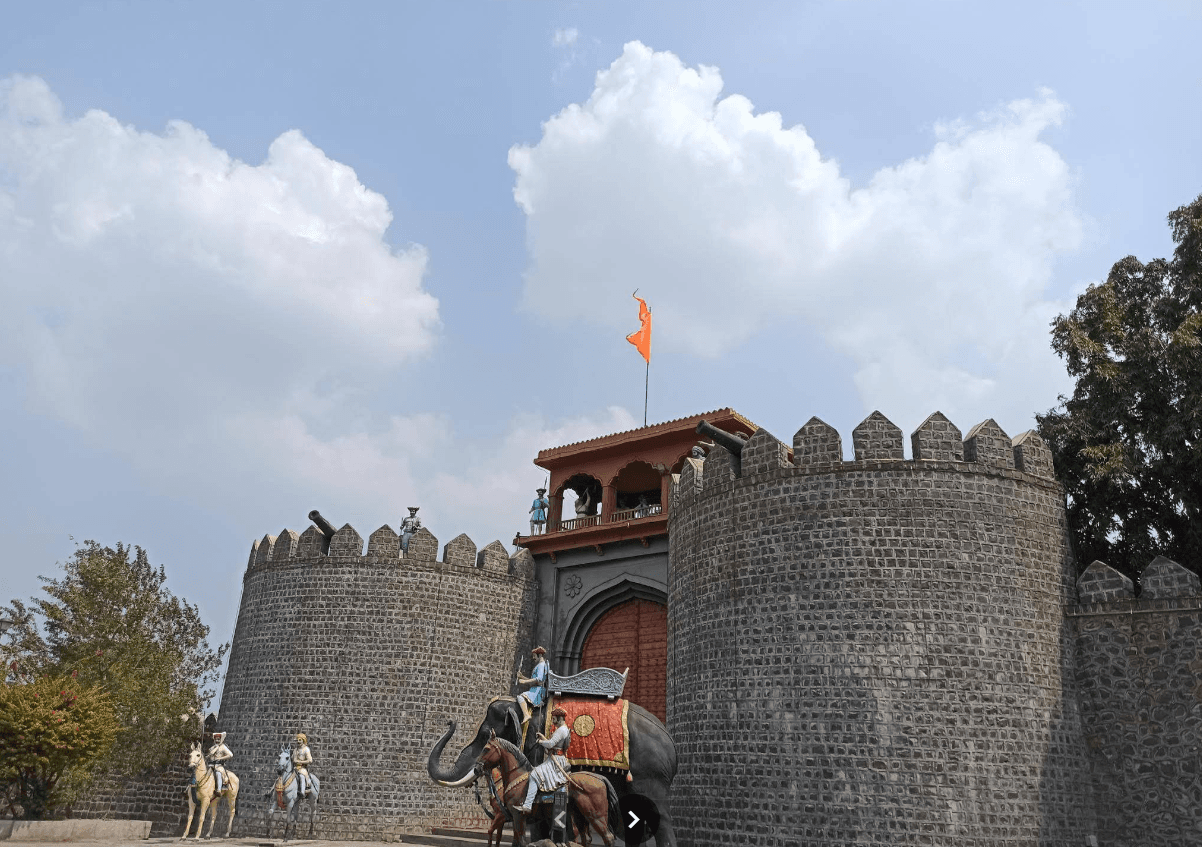
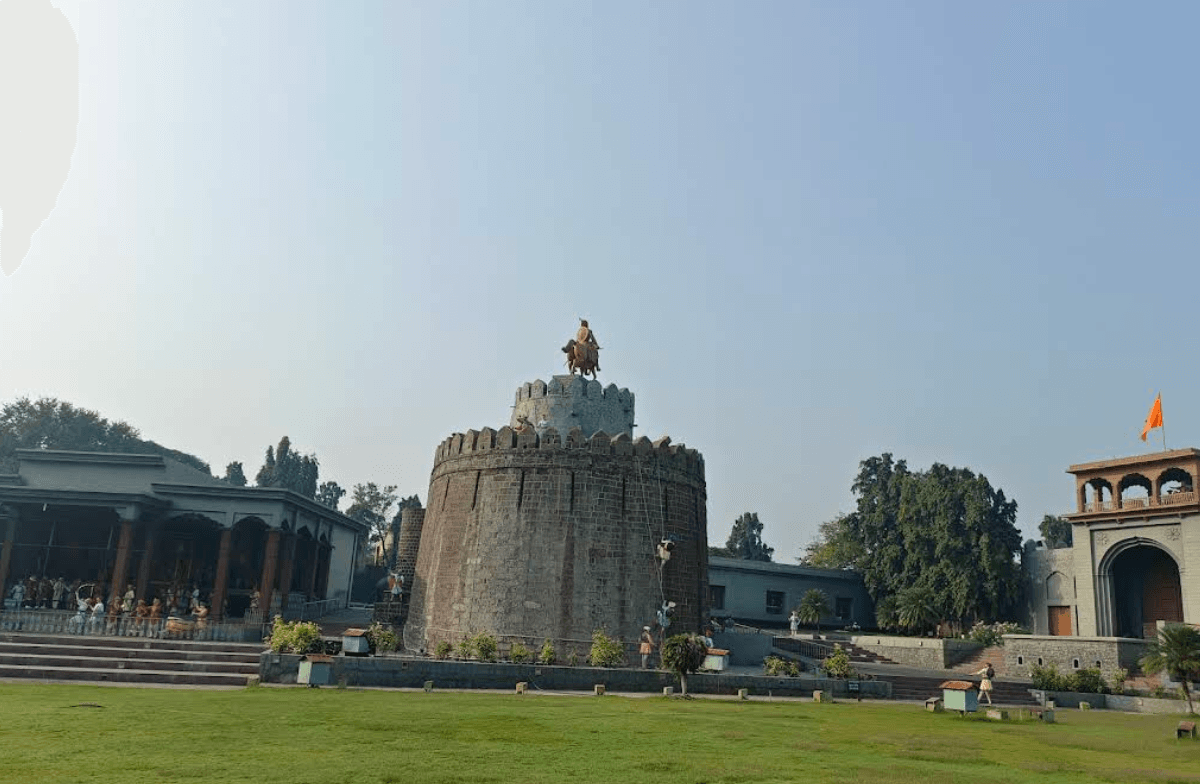

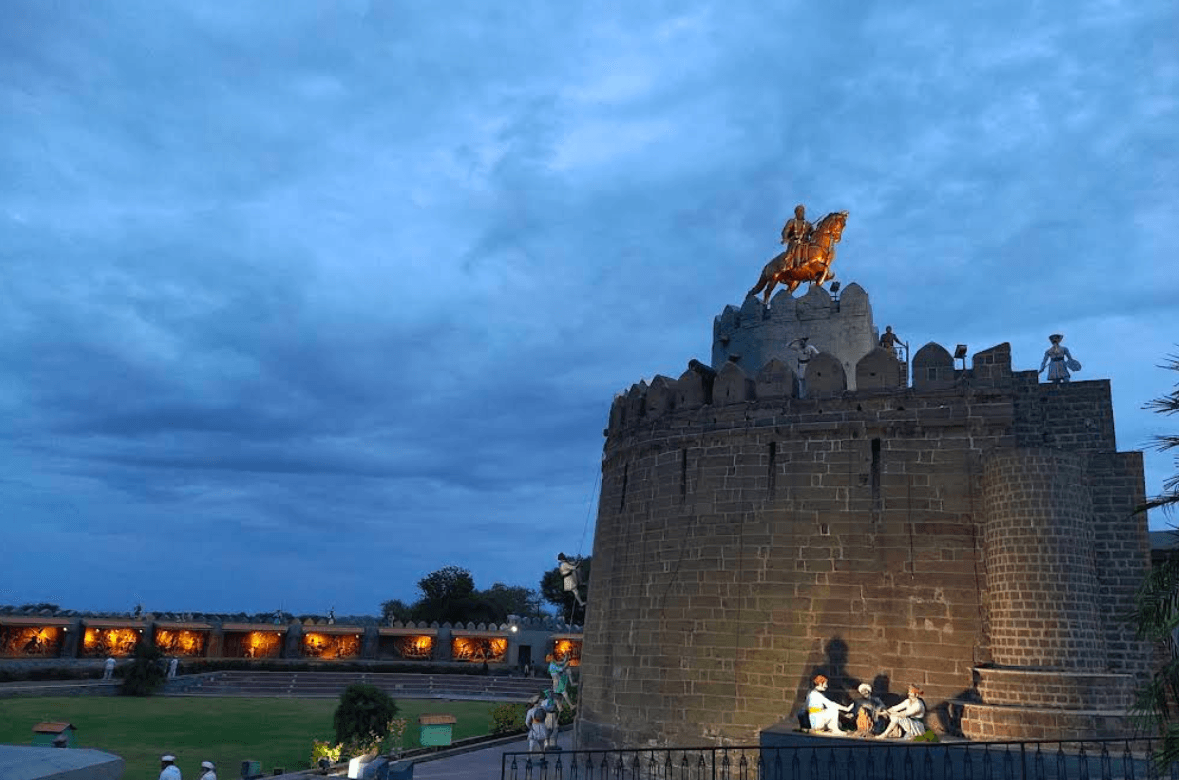


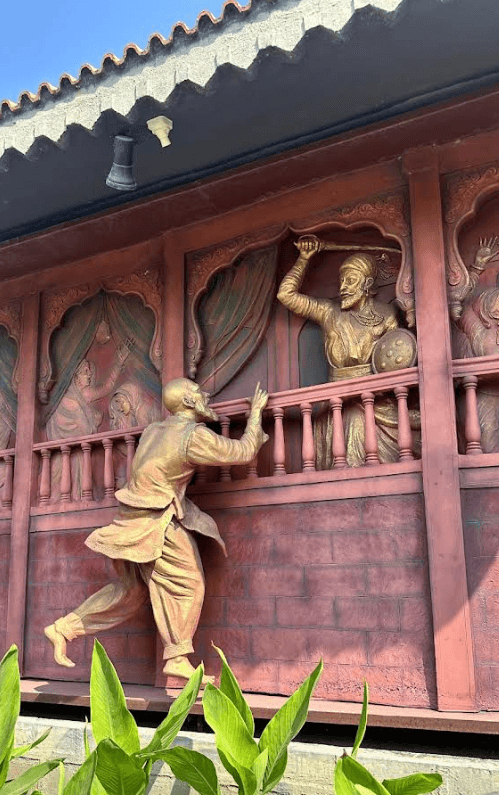
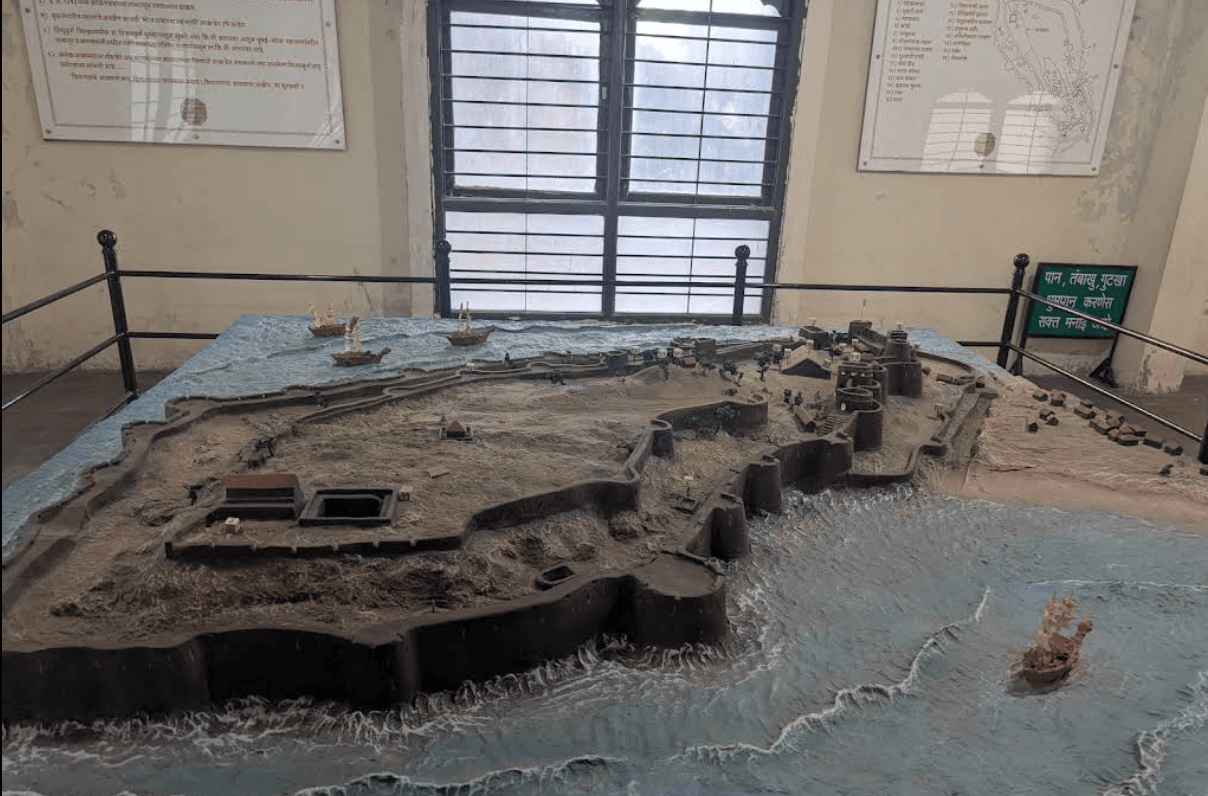
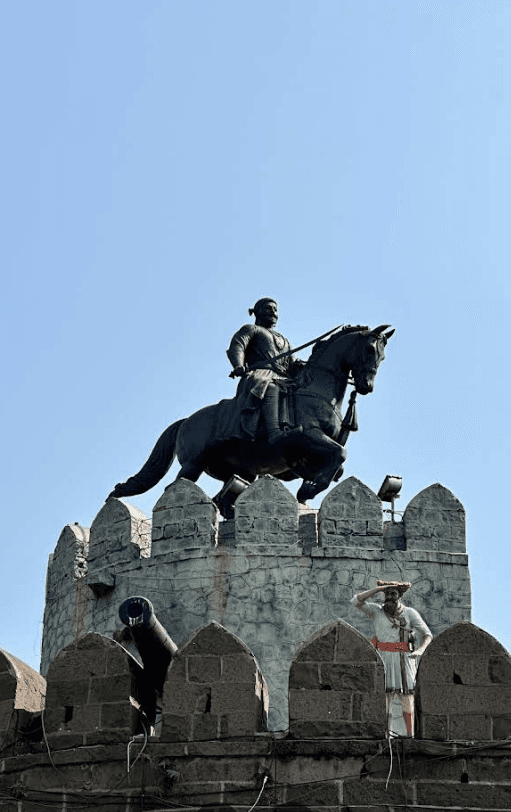
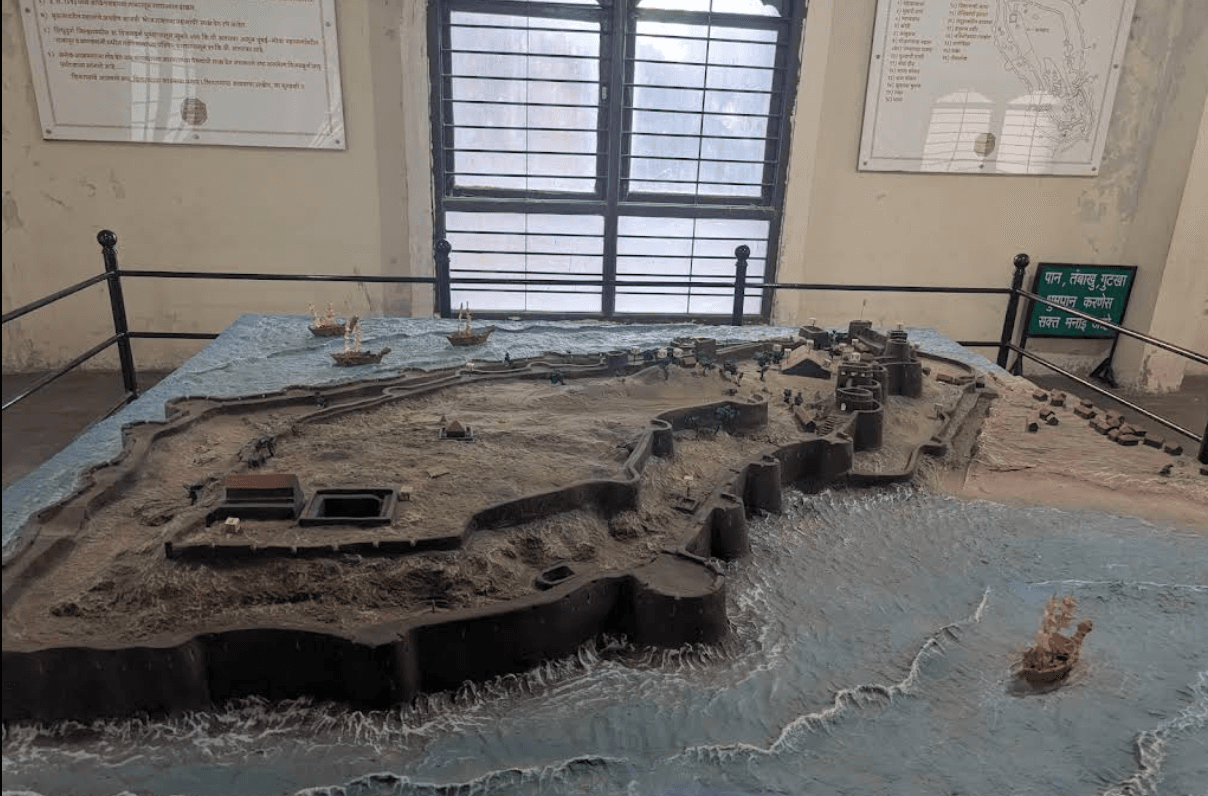
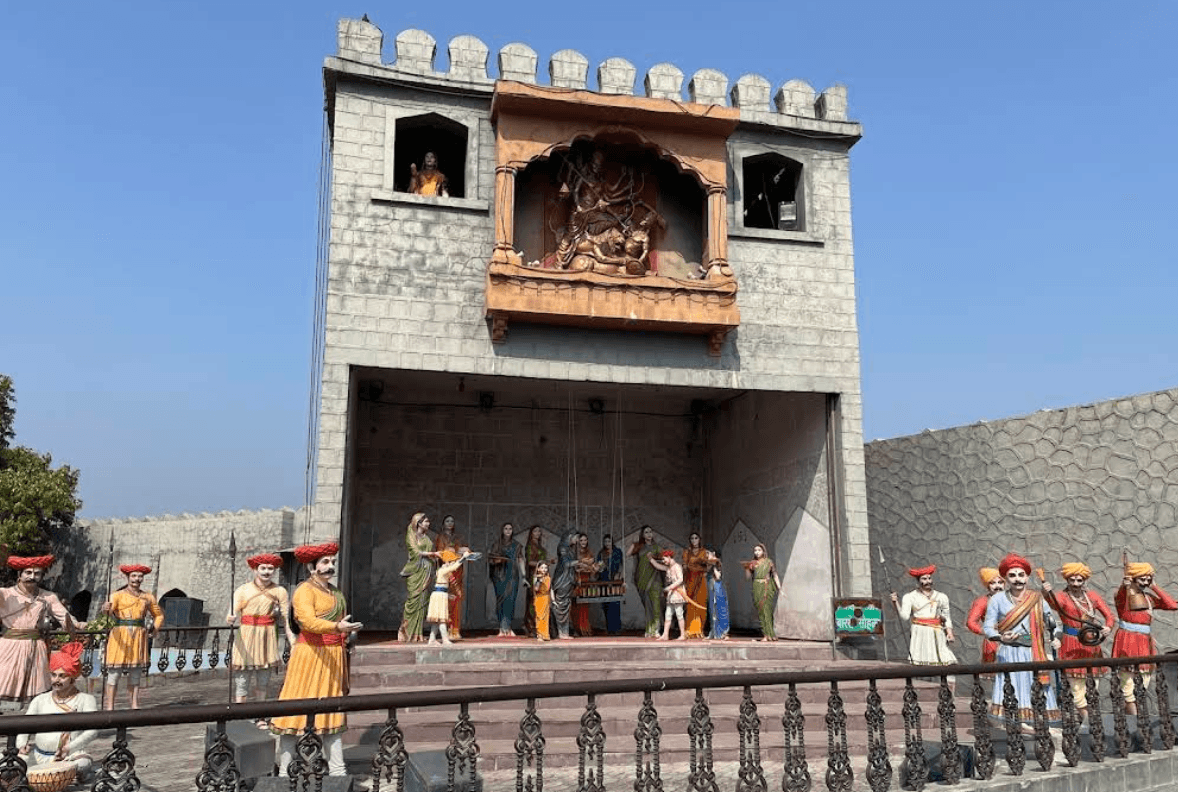
Historical background
Akluj is one of the biggest and richest grampanchayat in India. The name Akluj is believed to be derived from 'Shri Akalai Devi' which is Gramadevata of Akluj. It was built by Yadav king Raja Singhan in the 13th century. Evidence shows that, after Yadavas it was ruled by Mughals and Britishers. Aurangjeb's Subhedar for south named Bahaddurkhan appointed Shaikh Ali as a chief official of the Akluj fort in 1673 and Ranmastkhan was appointed as a chief Thanedar in 1675. Evidences also shows that in 1679 Dilerkhan and Sambhaji stayed in the fort of Akluj for 4 months. Bajirao Peshwa II was also stayed for three months in this fort, when he was dismissed from Peshwai by Britishers in 1802. When Maharaja Sambhaji was trapped by Mughals in 1689, Mughal Sardar traveled through Akluj. Aurangzeb renamed Akluj as S'adnagar in 1689. It was also known as Asadpur during Mughal period. In 1792 Captain Moor, the author of the Hindu Pantheon, described it as " Akhloos, a large respectable town with a well supplied market and with a fort and several handsome buildings and wells ". In 1803 on his march from Srirangapatnam to Pune to reinstate Bajirao II, General Wellesley halted at Akluj from the 13 to 15 April. All these incident shows that from the medieval period, Akluj was important and famous as historical place.
Key Instructions-
Maintain Silence – Speak softly and avoid loud conversations to respect the peaceful environment.
Do Not Touch Exhibits – Unless permitted, avoid touching artifacts, paintings, or displays.
No Flash Photography – Photography rules vary, but flash is usually prohibited to protect exhibits.
Follow Directions & Signs – Stay within designated areas, respect barriers, and follow staff guidance.
Preserve Cleanliness – Do not litter, eat, or drink inside galleries to maintain hygiene.
